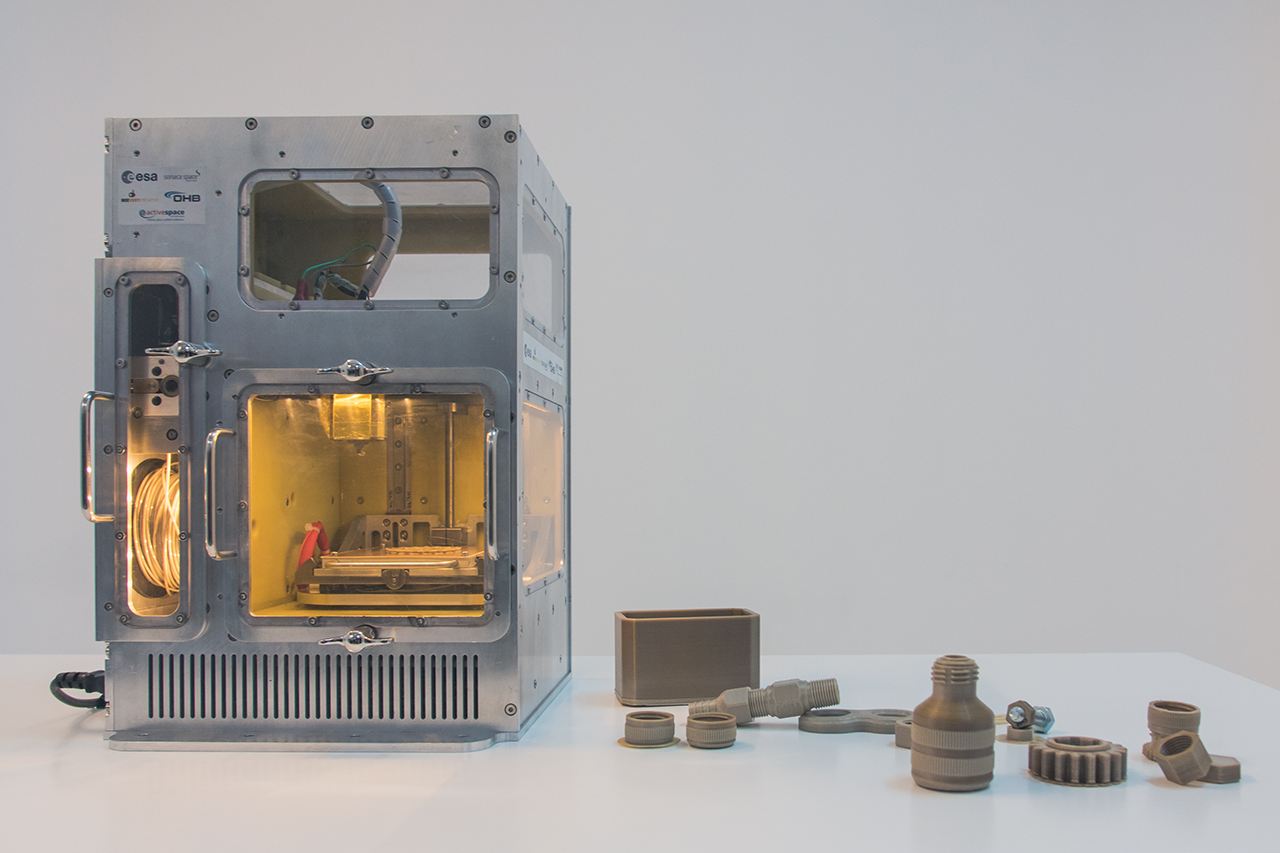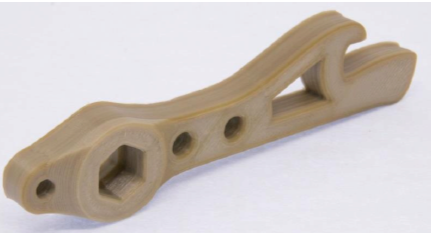OHB SE, a German space and technology group, has signed a contract with the European Space Agency (ESA) through its subsidiary, OHB System AG, to develop a 3D printer prototype for the International Space Station (ISS).
As part of the new IMPERIAL Project, the additive manufacturing system will be built for large part production using high-strength and functional thermoplastics. It follows the OHB consortium’s work in Project MELT and URBAN.

The IMPERIAL project
The IMPERIAL project aims to design, develop, and test a 3D printer model that alleviates build volume constraints while meeting the fabrication requirements for of the ISS.
OHB is leading the consortium for this project which comprises of three other European entities; German aerospace company the Sonaca Group, BEEVERYCREATIVE, a Portuguese 3D printer provider, and the Athlone Institute of Technology (AIT) in central Ireland.
3D printed parts produced by this system will demonstrate the potential for extraterrestrial manufacturing, enabling new maintenance and life support strategies for human space flight.

The race to space
Many are working to realize the capabilities of additive manufacturing in space, be it for space missions or future colonization. In 2015, the ESA awarded Trinity College Dublin with €500,000 to develop a new cold spraying technology for 3D printing metal components in off-earth environments.
Then in 2016, the ESA having commissioned Active Space GmbH, and Active Space SA as well as HB Systems AG, and BEEVERYCREATIVE to develop an Additive Layer Manufacturing (ALM) breadboard machine to use within the orbiting ISS.
In addition to this, the Human Spaceflight department at OHB System, has been involved in space 3D printing applications and technology with ESA through the URBAN and MELT project.
The URBAN project was established to study the possibility of manufacturing a 3D printed Lunar Base; similarly, the MELT project, which stands for Manufacturing of Experimental Layer Technology, has produced a prototype microgravity 3D printer.
Both of these projects have validated the use of additive manufacturing in space, leading to IMPERIAL.
Could this be your Research Team of the Year? Nominations for 3D Printing Industry Awards 2019 are still open. Let us know the enterprises, technology, and individuals leading the additive manufacturing sector now.
Want the latest 3D printing aerospace news? Subscribe to the 3D Printing Industry newsletter, follow us on Twitter and like us on Facebook.
Looking for a fresh start this year? Visit 3D Printing Jobs to commence your career in additive manufacturing.
Featured image shows an artist’s rendition of a Moon base. Image via ESA.

